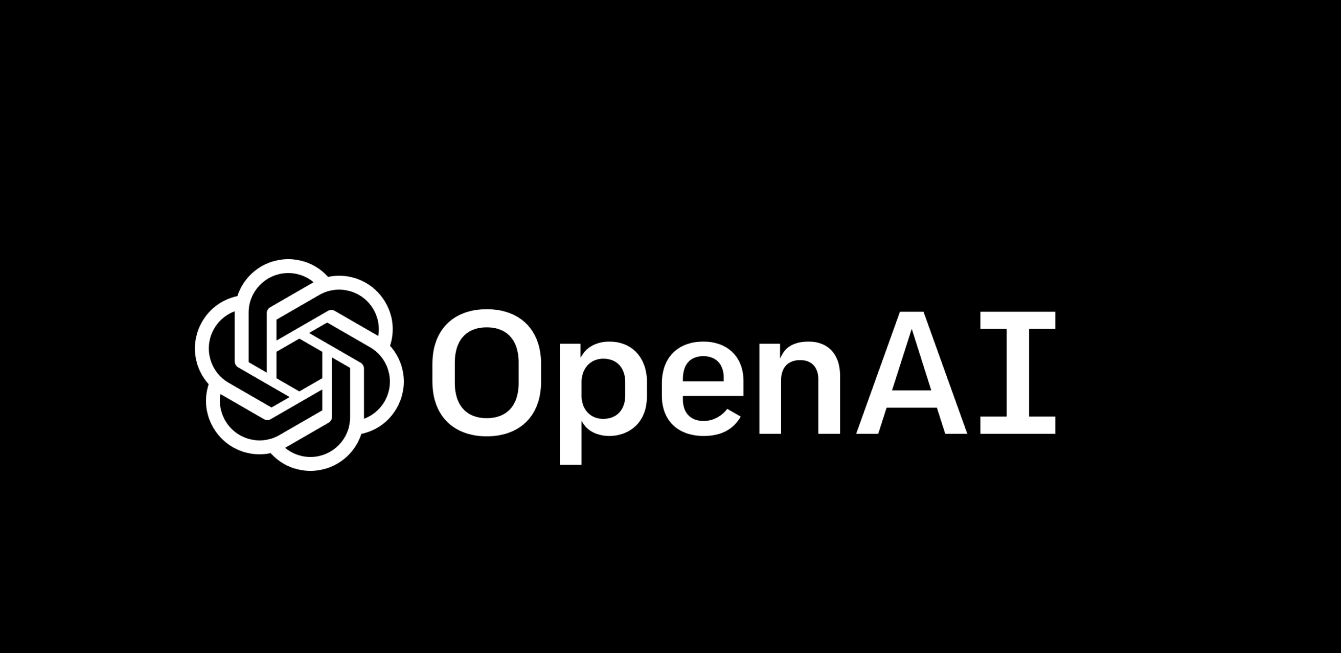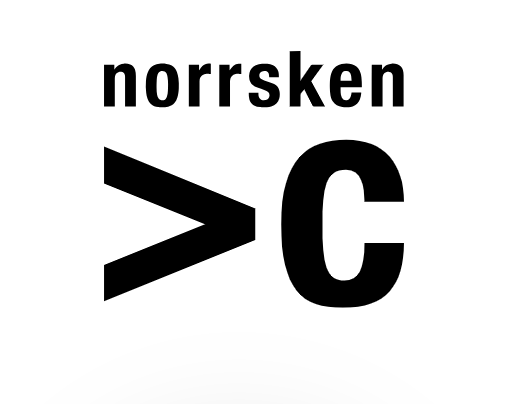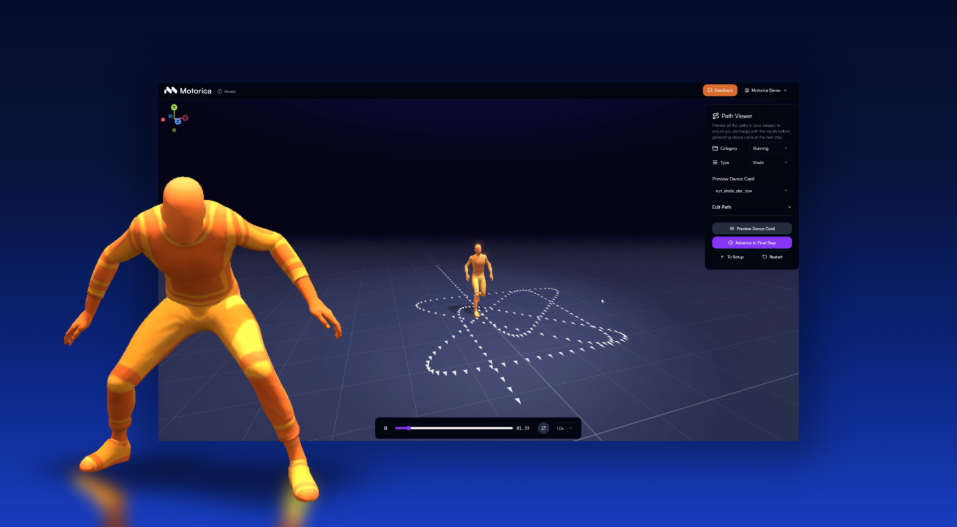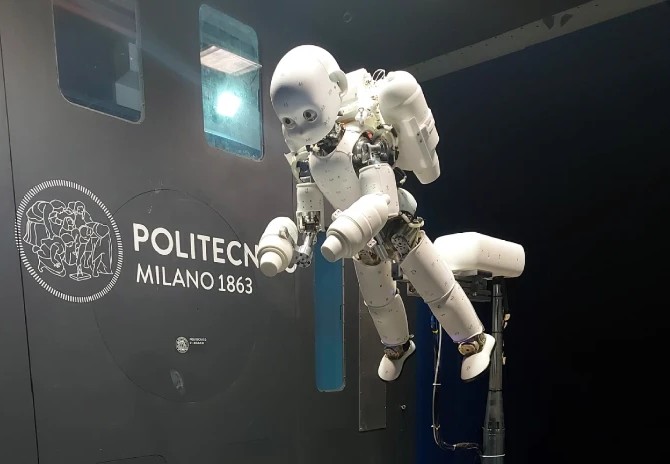Insider Brief
- Layer 3 of the AI stack—Model Development & Deployment—is where raw data is transformed into production-ready models, making it the core of applied AI systems.
- The space is fragmented and fast-moving, with open-source ecosystems driving innovation and startups simplifying workflows in areas like fine-tuning, deployment, and developer tooling.
- This layer covers the full model-building pipeline from compute provisioning to endpoint deployment and is increasingly shaped by modular workflows, model hubs, and real-time serving infrastructure.
Layer 3: Model development and deployment is considered by many experts to be the heart of our seven-layer AI stack. If Layer 1 and 2 shape the inputs, Layer 3 is where intelligence comes to life. Model Development & Deployment is the engine room of modern AI — where structured data is transformed into functional, fine-tuned, and production-ready models.In this layer, companies are focused on turning abstract data into working models and developing powerful systems that can become usable tools. From compute provisioning to foundation models, from training loops to endpoint delivery, this layer helps turn infrastructure into intelligence.
A Fragmented, Fast-moving Market
Unlike infrastructure, which tends toward consolidation, the model development space is highly fragmented and fast-evolving. Open-source ecosystems (e.g. Hugging Face, PyTorch) are driving experimentation, while proprietary platforms offer end-to-end control.
This tension makes Layer 3 fertile ground for early-stage investment and strategic partnerships — especially in finetuning, developer tooling, and model deployment.
Full Model-Building Workflow
This market map covers the full model-building workflow: how AI systems are designed, trained, adapted, and packaged. It identifies key players across eight building blocks, including compute providers, model frameworks, data labeling, foundation models, and deployment stacks. These components enable the most resource-intensive, high-stakes part of the AI lifecycle — and define whether models are merely functional or truly scalable.
While hyperscalers dominate compute and model hosting, specialized startups are reshaping how teams train, fine-tune, and track their models. The space is increasingly modular, yet deeply interdependent — and small shifts here ripple across the entire AI value chain.
From Structured Data to Deployed Model
Model development begins once data is labeled and embeddings — numerical representations of data like words, images, or numbers — are generated. This kicks off a multistep process requiring extensive compute, robust frameworks, and precise workflow orchestration.
AI Insider’s Market Map: Model Development & Deployment lays out this lifecycle step by step — from provisioning infrastructure to packaging outputs — highlighting both the tools and the companies powering each phase.
Step-by-Step: The Workflow
- Compute & Accessibility Providers
Large-scale model training demands serious compute. Cloud providers like AWS, Azure, and Google Cloud, alongside newer players like RunPod and CoreWeave, offer access to GPUs, TPUs, and AI-tuned clusters. These companies provide the raw horsepower behind model development — enabling everything from prototype builds to trillion-parameter training runs. - ML Deep Learning Frameworks
Once compute is in place, developers rely on frameworks like PyTorch, TensorFlow, ONNX, and Hugging Face Transformers to define architectures, loss functions, and optimization routines. These environments turn code into learning loops — powering everything from simple classifiers to frontier models. They turn compute into structured learning processes. - Data Labeling & Cleaning
Training a model requires structured, tagged data. This task falls to tools like Labelbox, Snorkel, Datalogy AI, and Label Studio. These systems allow human-in-the-loop labeling, correct inconsistencies, and prepare supervised datasets. Companies in this category ensure the quality of inputs before models begin to learn. - Foundation Models
Teams may train from scratch, but increasingly they start with foundation models like ChatGPT (OpenAI), Claude (Anthropic), and LLaMA (Meta). Providers such as Mistral, Cohere, and Stability AI offer massive pretrained models via APIs or model hubs. These general-purpose systems act as starting points — delivering out-of-the-box knowledge that can be adapted to specific tasks. Foundational Models can replace or shortcut traditional training, drastically reducing time and compute. - Training
With datasets and models ready, the training phase begins. Providers like Lamini, Predibase, and IBM help teams run iterative learning on massive datasets. Hyperscalers again play a central role here, but tool-specific players like Kubeflow and Anyscale bring precision workflow orchestration and scaling flexibility. - Finetuning
For enterprise use, full retraining is often replaced with finetuning. Startups like Modal, Nebius, and Unsloth enable lightweight domain adaptation — allowing teams to refine foundation models without the cost of starting over. Finetuning accelerates go-to-market cycles and makes general models relevant for niche use cases. - Model Hubs
Once trained or tuned, models are pushed to hubs like Hugging Face, PyTorch Hub, or ModelScope (by Alibaba Cloud). These services ensure version control, reusability, and access. They form the bridge between research and production, making models available for deployment or downstream optimization. - Deployment
Finally, trained models are packaged and deployed via endpoints such as APIs, SDKs, or containers. Tools like Seldon, Fireworks AI, and Cerebrium handle model serving — ensuring models are not only trained but production-ready. This step unlocks real-time inference and integration into live systems.
It’s not just a workflow — it’s a value chain, and friction at any point impacts time-to-market, cost-efficiency, and production success.
Strategic Observations
While Layer 1 (infrastructure) and Layer 2 (data) set the stage, Layer 3 is where tangible value is created. This is where models are built, adapted, and operationalized — turning raw inputs into AI-native capabilities. For governments, this layer determines readiness and sovereignty. For investors, it defines the scalability, defensibility, and differentiation of AI-native ventures.
Model development is where AI stops being abstract and becomes real – on the cusp of what the consumer considers “AI”. Unlike infrastructure, this layer is defined more by software workflows and developer experience than by physical constraints.
Still, control is bifurcated. On one end, hyperscalers maintain dominance through massive compute fleets and proprietary models. On the other, startups thrive by simplifying workflows — enabling faster iteration, lower costs, and developer-first environments.
Two key dynamics are reshaping the space:
- Finetuning is replacing full training for many enterprise use cases. This favors tools that support model adaptation, rapid iteration, and cost-efficient retraining.
- Model hubs and deployment tools are becoming differentiators. Ease of packaging and serving determines whether a model makes it to production — and whether it delivers ROI.
In short, while the raw math still matters, it’s the workflow that increasingly defines success. Organizations that master this layer will reduce friction, accelerate cycle times, and maintain model performance — even as architectures, datasets, and use cases evolve.
What’s Next
This article is part of AI Insider’s seven-layer market map of the full AI stack, including.
- Exploring Layer 1: The Hardware and AI Datacenter Enablers’ Market Map
- Exploring Layer 2: The Data Structure & Processing Market Map
Up next: Layer 4: Inference & Orchestration — how trained models are executed, monitored, and optimized in real-world environments.
Who should care
If you’re building public-sector LLM systems, evaluating AI-native startups, or advising strategic capital deployment — Layer 3 is where engineering complexity meets strategic control.
📩 Contact us to access the full vendor map, briefings, or analyst sessions at [email protected] can also [view the full Model Development & Deployment Market Map here].






